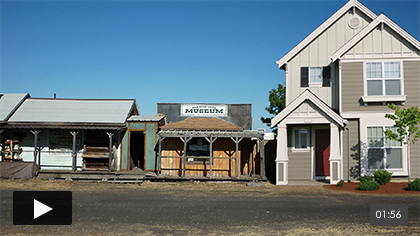Facts: A developer planned to construct a three-unit residential family project over three contiguous hillside lots. The developer applied to the local government for a grading permit to complete the nonsubdivision project. As a condition of issuing a grading permit, the local government required the developer to submit a tentative tract map for the hillside project as required of subdivision projects. The local government previously granted grading permits for similar nonsubdivision projects without requiring the submission of tentative tract maps.
Claim: The developer sought to avoid providing a tract map, claiming a tract map is only required for subdivision projects and the developer is not subdividing land, and the local government previously granted grading permits for similar nonsubdivision projects without requiring the approval of a tentative tract map.
Counter claim: The local government claimed the tract map is required for the developer’s project as a condition for issuing the grading permit since the local government has always interpreted the ordinance as applying to all hillside projects.
Holding: A California court of appeals held the local government was not permitted to require a tentative tract map as a condition for issuing a grading permit since the requirement only applies to subdivisions, not all projects built on hillside lots, and the local government had not consistently applied its interpretation to all hillside projects to justify its broader use. [Tower Lane Properties v. City of Los Angeles (February 28, 2014) _CA4th_]
Editor’s note – This case places limits on the authority of a local government to interpret the ordinances and regulations under which it operates. A local government’s interpretation of an ordinance is not binding, particularly when its implementation of its interpretation is inconsistent. This authority ultimately lies with the courts, where it should be.














